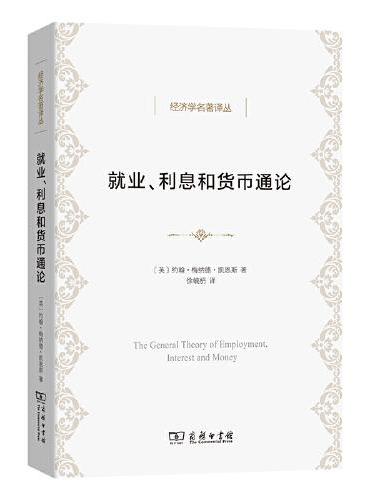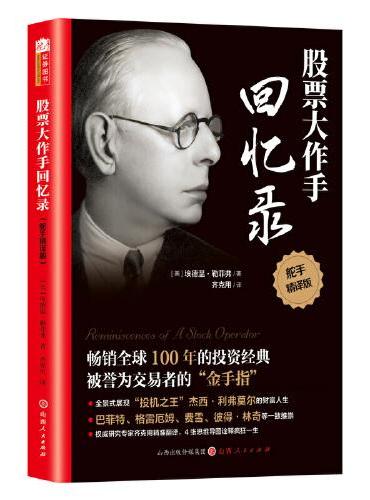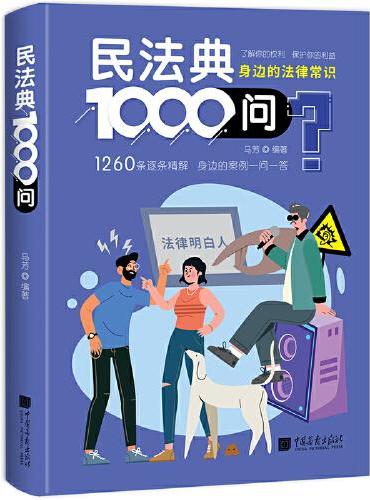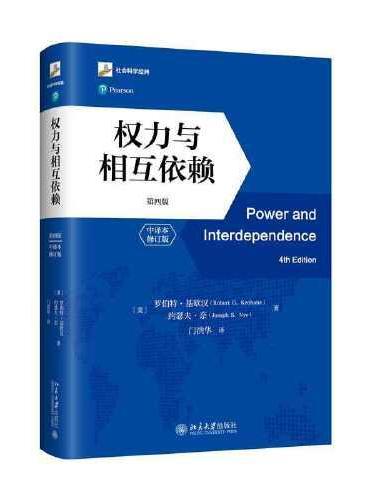新書推薦: 《
就业、利息和货币通论(徐毓枬译本)(经济学名著译丛)
》 售價:NT$
306.0
《
瘦肝
》 售價:NT$
454.0
《
股票大作手回忆录
》 售價:NT$
254.0
《
秩序四千年:人类如何运用法律缔造文明
》 售價:NT$
704.0
《
民法典1000问
》 售價:NT$
454.0
《
国术健身 易筋经
》 售價:NT$
152.0
《
古罗马800年
》 售價:NT$
857.0
《
权力与相互依赖(第四版)(中译本修订版)
》 售價:NT$
658.0
編輯推薦:
《节能与新能源汽车关键技术研究丛书》聚焦国家节能减排和发展战略性新兴产业的需求,瞄准国际前沿科技,服务汽车产业转型升级和国家经济建设。丛书由清华大学欧阳明高院士担任主编;作者由包含国家杰青、国家特聘专家在内的国内外一流学者亲自领衔执笔,他们是国内外新能源汽车研究领域*高水平的代表,具有较高的权威性。著作内容为作者承担国家重点研究项目成果的结晶,原创性强、学术水平高、体现自主知识产权。具有较高的学术价值、出版价值和产业应用价值。
內容簡介:
可充电锂离子电池因其能量密度高、循环寿命长、成本下降等优点,已广泛应用于从电动汽车到微电网等众多行业的储能领域。充电是锂离子电池补充和储存能量的重要过程,充电策略的好坏极大地影响着锂离子电池的性能和寿命。用精确的数学模型进行分析和预测在充电过程中电池状态的变化,基于先进模型的充电策略可以提供优异的充电性能,如延迟电池寿命的退化。因此,研究基于先进模型的锂离子电池充电控制策略具有重要的工程和学术价值。基于此,本书将从基础理论到实际设计和应用,详细介绍目前*先进的基于模型的锂离子电池充电控制技术,特别是在电池建模、状态估计和*优充电控制方面。此外,还介绍了一些必要的设计考虑因素,如集中式和领导-追随结构的电池组充电控制,为提高充电性能和延长电池/电池组的寿命提供了出色的解决方案。本书所提供的丰富的材料和知识,可以让我们从理论设计到工程应用对电池充电控制技术有足够的了解。
關於作者:
欧阳权,自动化学院讲师,硕士生导师,博士毕业于浙江大学控制科学与工程专业,本科毕业与华中科技大学自动化专业。主要研究方向为无人机蜂群控制,无人机飞行控制,新能源系统集成与控制,智能控制,非线性控制等。发表相关SCI/EI论文27篇,授权专利1项,公开发明专利6项,其中包括8篇一作/学生一作国际*SCI期刊IEEE汇刊(1篇为高引论文)。主持国家自然基金青年项目1项,江苏省双创博士项目(世界名校类<高校创新>),浙江大学工业控制国家重点实验室开放课题,曾参与包括国家自然基金重点项目,装发等在内多个项目,指导本科生获得全国大学生电子设计竞赛(无人机组),中国机器人大赛等并获奖。曾经获得硕士研究生国家奖学金(2014)、博士研究生国家奖学金(2017)、浙江大学三好研究生(2014、2017)、浙江大学优秀毕业生(2018)和浙江省普通高等学校优秀毕业生(2018)等荣誉。 IEEE Membership, 中国自动化学会会员,IEEE PES 中国区技术委员会动力电池技术分委会理事。担任IEEE Transactions on Industrial Electronics, IEEE Transactions on Industrial Informatics, IEEE/ASME Transactions on Mechatronics, IEEE Transactions on Vehicular Technology等国际*SCI期刊的审稿人。
目錄
Contents
內容試閱
PrefaceRechargeable lithium-ion batteries have been widely used for energy storage in numerous industries stretching from electric vehicles to microgrids due to their advantages of high energy density, long cycle life, and declining costs. Charging is an important process for lithium-ion batteries to replenish and store energy, and the quality of the charging strategy greatly affects the performance and lifetime of lithium-ion batteries. With accurate mathematical models to analyse and predict the changes of the battery’s states during the charging process, advanced model-based charging strategies can provide excellent charging performance, such as delaying the degradation of battery life. Therefore, it is of great engineering and academic value to research advanced model-based lithium-ion battery charging control strategies. Motivated by this, this book will introduce the state-of-the-art advanced modelbased lithium-ion battery charging control technologies from the fundamental theories to practical designs and applications, especially in terms of battery modeling, state estimation, and optimal charging control. In addition, some other necessary design considerations, such as battery pack charging control with centralized and leader-followers structures, are also introduced to provide excellent solutions for improving the charging performance and extending the lifetime of the batteries/battery packs. The rich materials and knowledge presented in this book can give sufficient insight into the battery charging control technologies from the theoretical design to engineering applications. This brief is mainly divided into three parts and its organizational structure is as follows: ? The first part (Chaps. 1 to 3) of this book is devoted to providing an overview of the classifications and chemistry mechanisms of lithium-ion batteries. The fundamental conception of advanced model-based battery charging control and commonly utilized battery models are also described. ? The second part (Chaps. 4 and 5) aims to introduce two observers to provide the accurate estimated state of charge required in the model-based battery charging control strategies. ? The third part (Chap. 6) is concerned with a user-involved battery charging control strategy with economic cost optimization.? The fourth part (Chaps. 8 to 10) firstly analyses the charging problem of battery packs and then introduce some advanced model-based charging control technologies for battery packs, including user-involved charging control strategies with centralized and leader-followers structures and fast charging control for battery packs. ? Finally, some future trends of battery charging management are mentioned in Chap. 11. This work was supported by the National Natural Science Foundation of China (No. 61903189), the China Postdoctoral Science Foundation (No.2020M681589), and the Key Research and Development Program of Zhejiang Province, China (No. 2021C01098). Nanjing, China Hangzhou, China May 2022 Quan Ouyang Jian Chen










